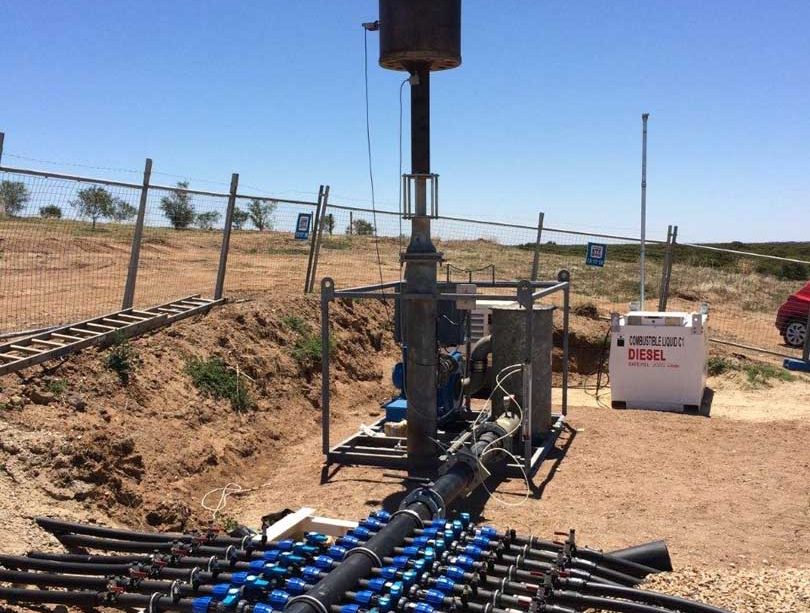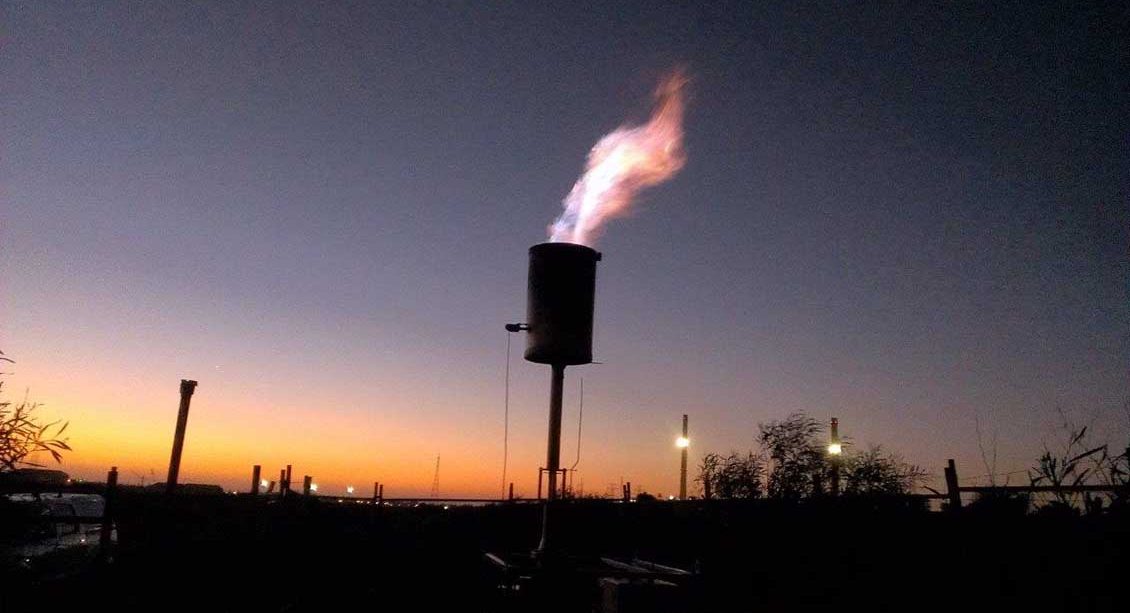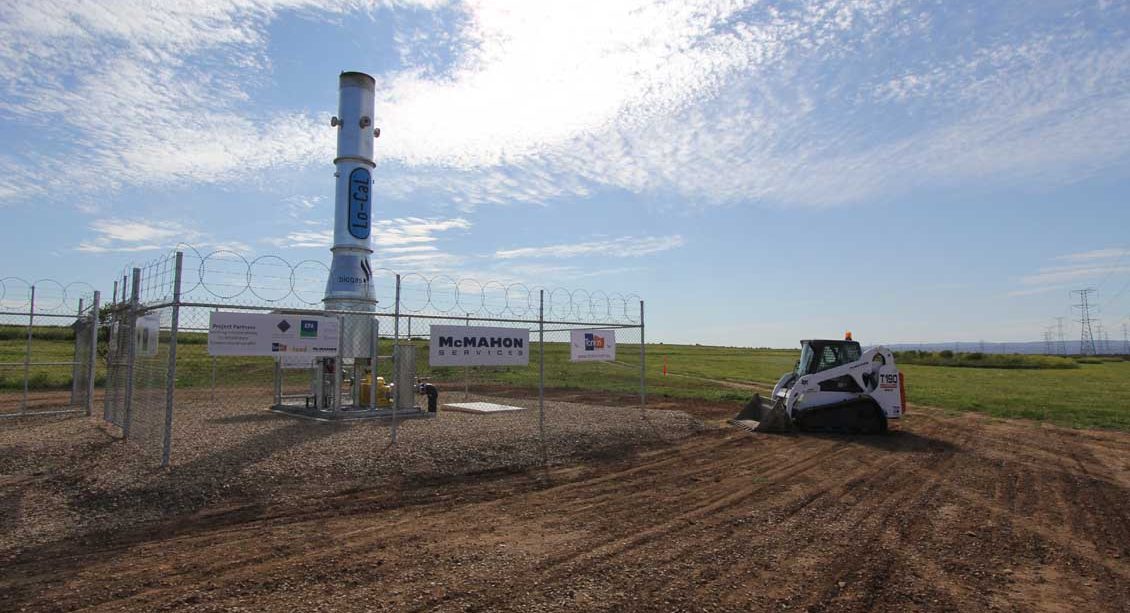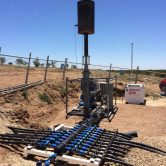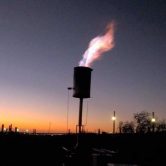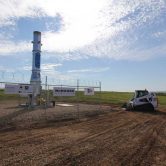Project Overview
The Garden Island landfill remediation project was undertaken to mitigate fugitive gas emissions from the site in order to protect surrounding sensitive receptors and comply with surface gas emission standards.
The Garden Island site was used as a landfill from 1972 as an operational landfill for the City and in 2001 the landfill was closed, with post closure works starting in 2005. These works related to the profiling, capping, stormwater management, ground water monitoring, gas management and vegetation of the site as per SA EPA requirements. The project requirement was for the design and construction of the infrastructure for the implementation of a landfill gas management system to safely control, collect and dispose of landfill gas emissions generated by the landfill remained. The sites landfill management plan required control at only site perimeter locations, as the landfill cap had been found to effectively control surface emissions.
Therefore the project scope involved the following:
- Design, construction and operation of a staged extraction and flaring system to test the LFG collection and flare requirements, including installing gas collection wells and collection infrastructure to determine feasibility of a permanent LFG flare system;
- Undertake the necessary modifications to the initial system and / or surface treatment of the perimeter to achieve performance objectives;
- Installation of additional LFG wells within the landfill to supply supplemental gas of higher methane content for combustion of LFG from the perimeter system;
- Design and construct associated leachate and condensate management infrastructure as required;
- Installation of amenities and connection to services as required;
- Annual operation and maintenance of the gas collection and flare system for the contract period;
- Decommission all LFG collection and flare system infrastructure and remove of all above ground infrastructure on close of the contract.
To date the first phase of the project has been completed. This has been a great success due to a number of very innovative approaches to mitigate many of the issues that were faced on the landfill site.
These issues included the following:
- Lateral migration of gas into sensitive off-site receptors;
- Edge of landfill historic construction was permeable at the tidal zone;
- Edge and boundary of site comprising of C&D material, much of it very large pieces of concrete;
- Shallow depth to groundwater;
- Important infrastructure located on the site, being the main 275kV power supply for Adelaide;
- Surrounded by a sensitive marine waterway, home to dolphins and other marine life.
There were numerous innovations used to meet the project objectives, some of these have never been undertaken in Australia before, and were a high risk approach for the McMahon Services team.
The major innovations included the following:
- Landfill boundary reinstatement works – Areas of the landfill perimeter bund required surface improvement by undertaking earthworks and use of a novel composted mulch layer termed an ‘Ecoblanket’. The Ecoblanket was applied to a steep batter in order to control erosion from wind and rain, as well as providing a medium in which vegetation can establish and allow microbes to function to oxidise methane;
- Innovative perimeter gas control – The most effective landfill perimeter gas control method currently used in the UK was implemented in Australia. By using the pin well method, not only was time and cost minimised, but environmental issues associated with excavating waste such as leachate and odour are removed. This method provided a simple and effective long term solution that effectively reduced the off-site migration of landfill gas, which was considerable in the C&D material located on the landfill edges;
- Remote monitoring – Telemetry within the flare provides real time data, and alerts operators of shut downs and other potential issues, coupled with our 24 hour response team, this reduced prolonged periods of inactivity;
- 24 hour emergency response team – We have a 24 hour response team that responded to all equipment failures. This assured out client that the performance criteria was achieved;
- Flare with low calorific capacity – Use of a genuine low calorific flare is critical when dealing with landfill gas generated from older landfills, where it is known that gas quality is going to be low. Use of these types of flares provides longer term benefits and greater process control.
The project to date has been a great success. The system is now fully developed including the installation of a permanent flare, and the ongoing monitoring and management of the system. All stakeholders in the project including four member Councils, Renewal SA (State government), SA EPA and landfill experts Tonkin Consulting, are pleased with the success of the project to date.

